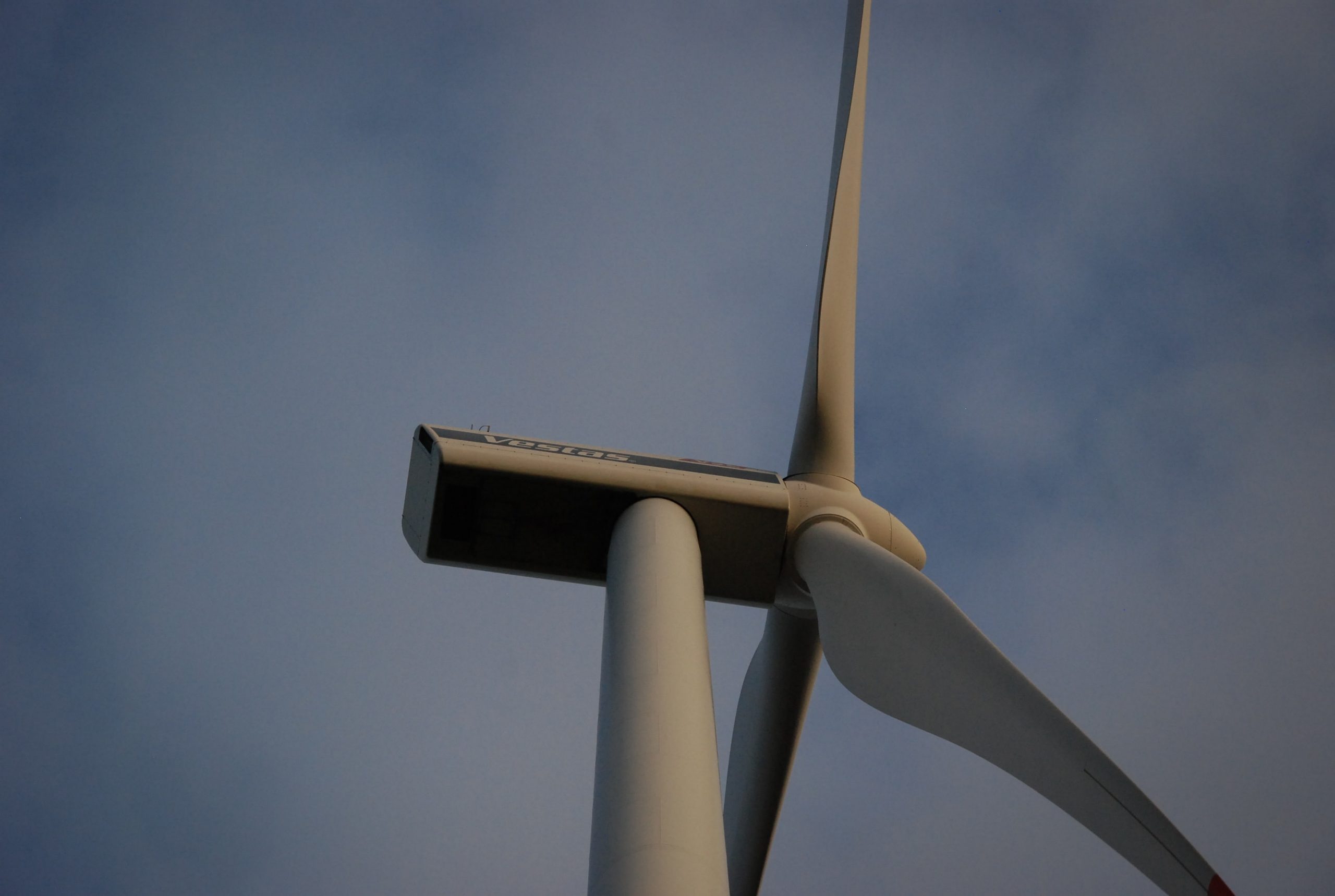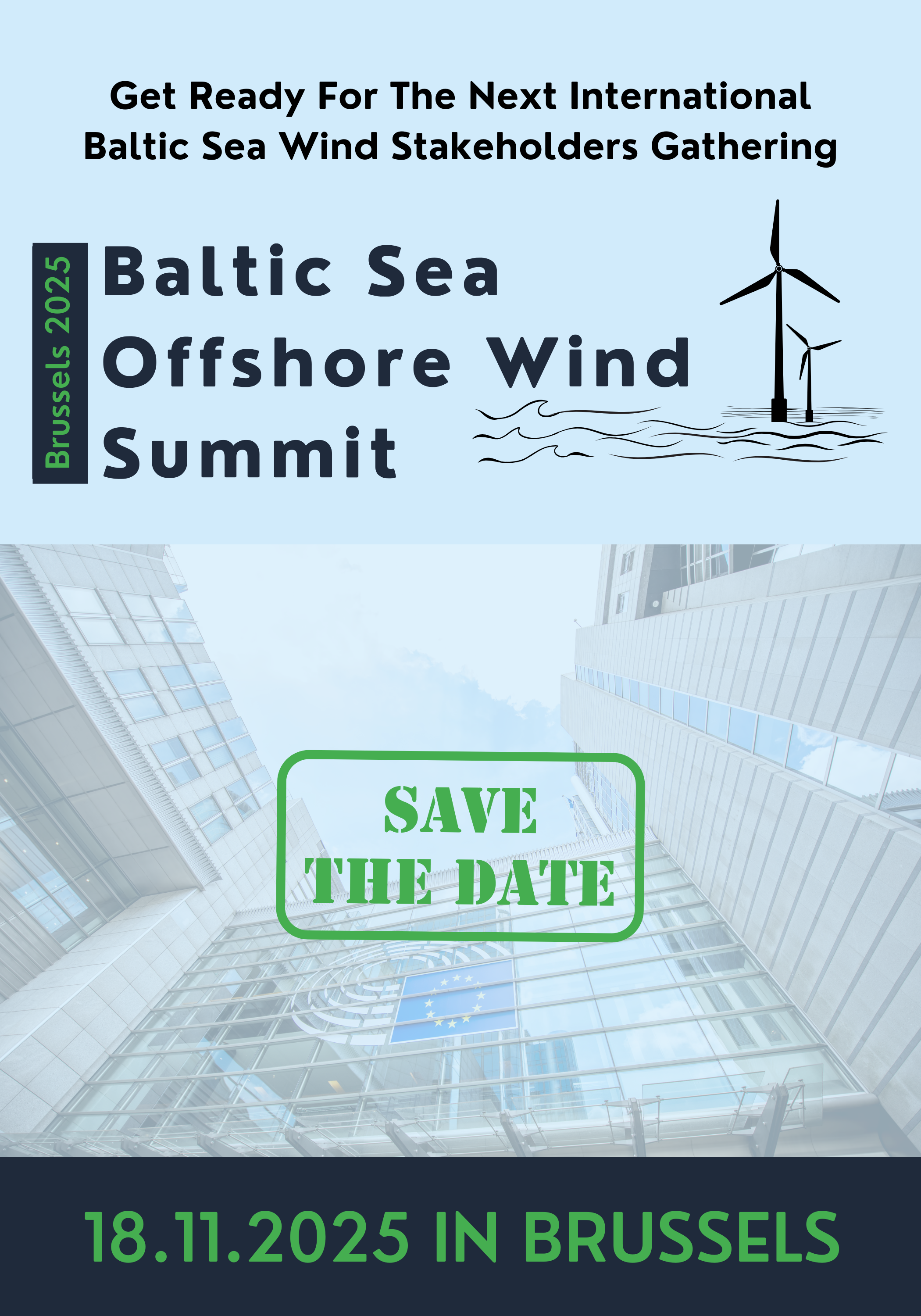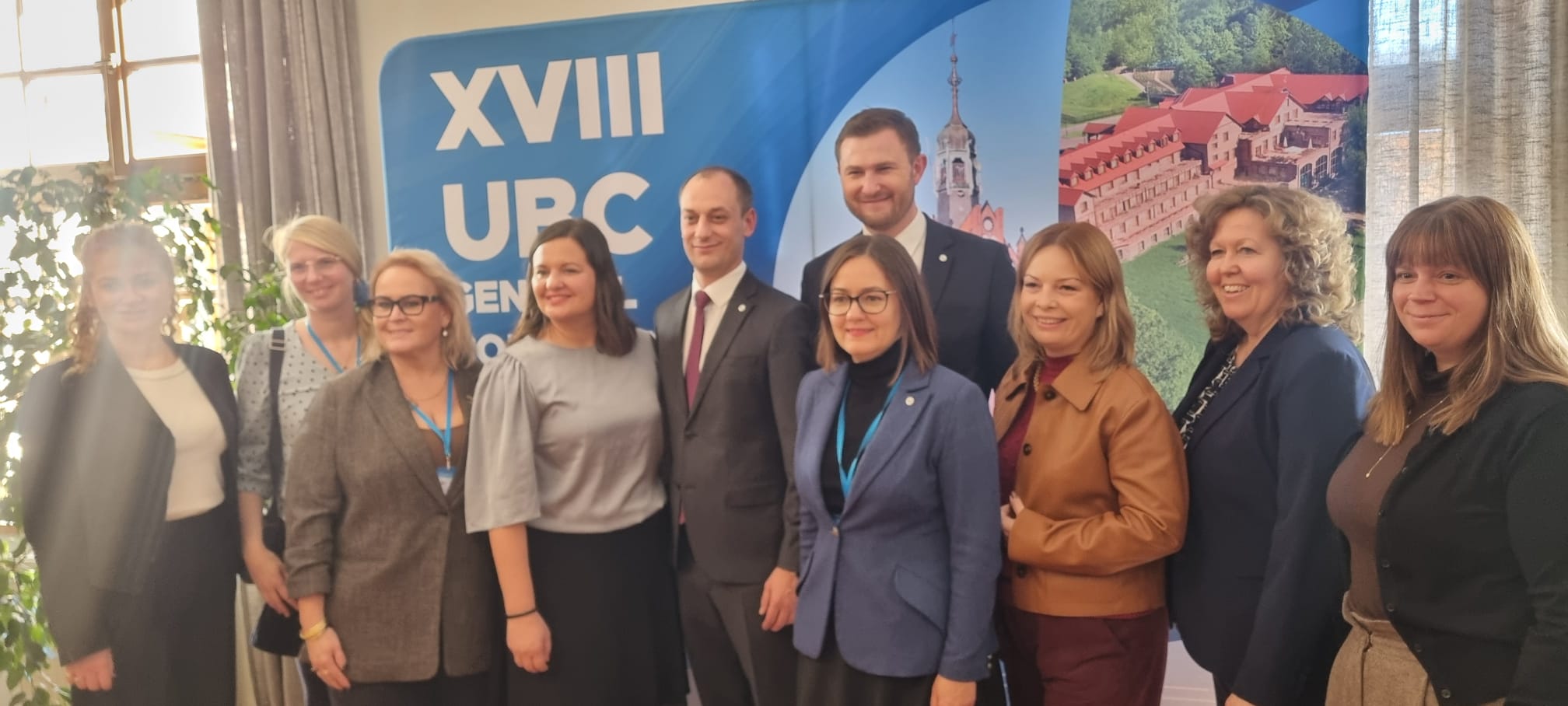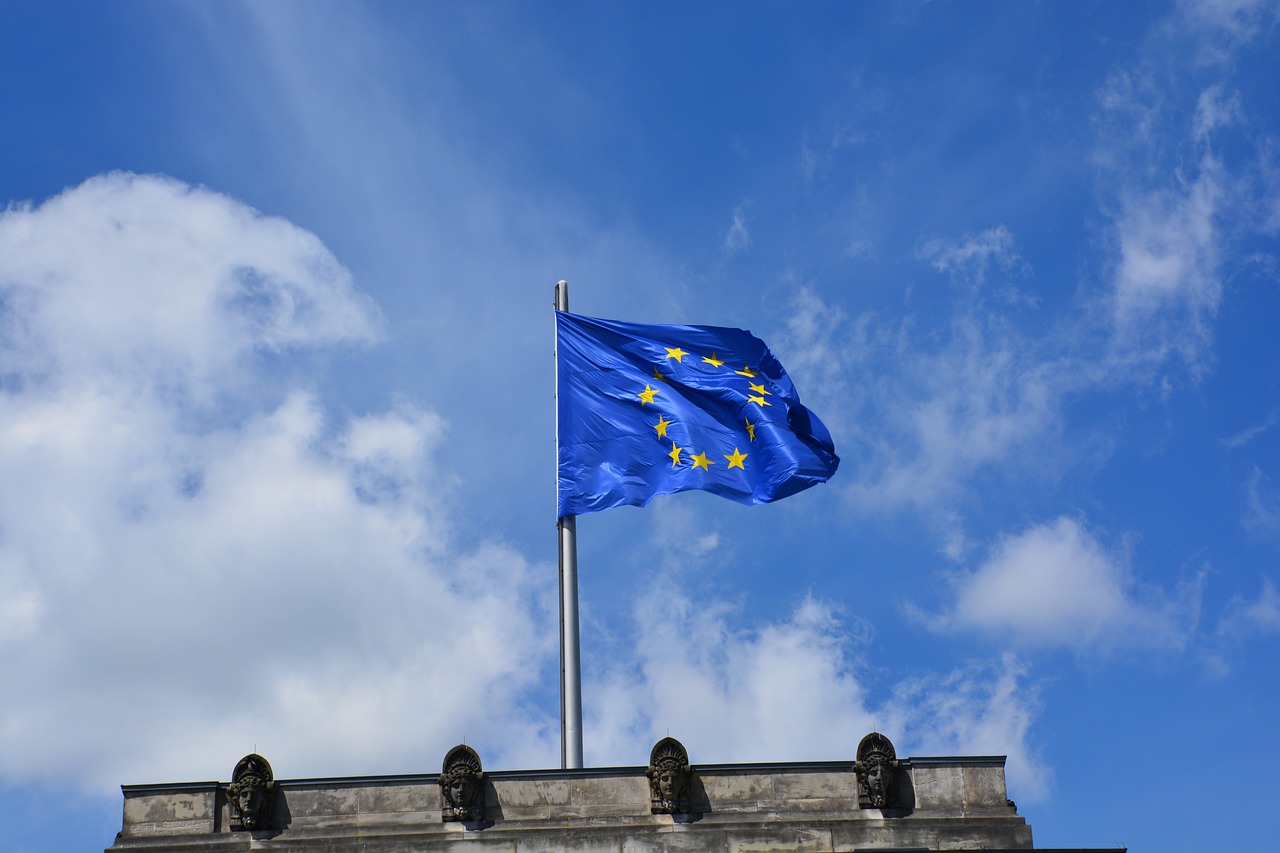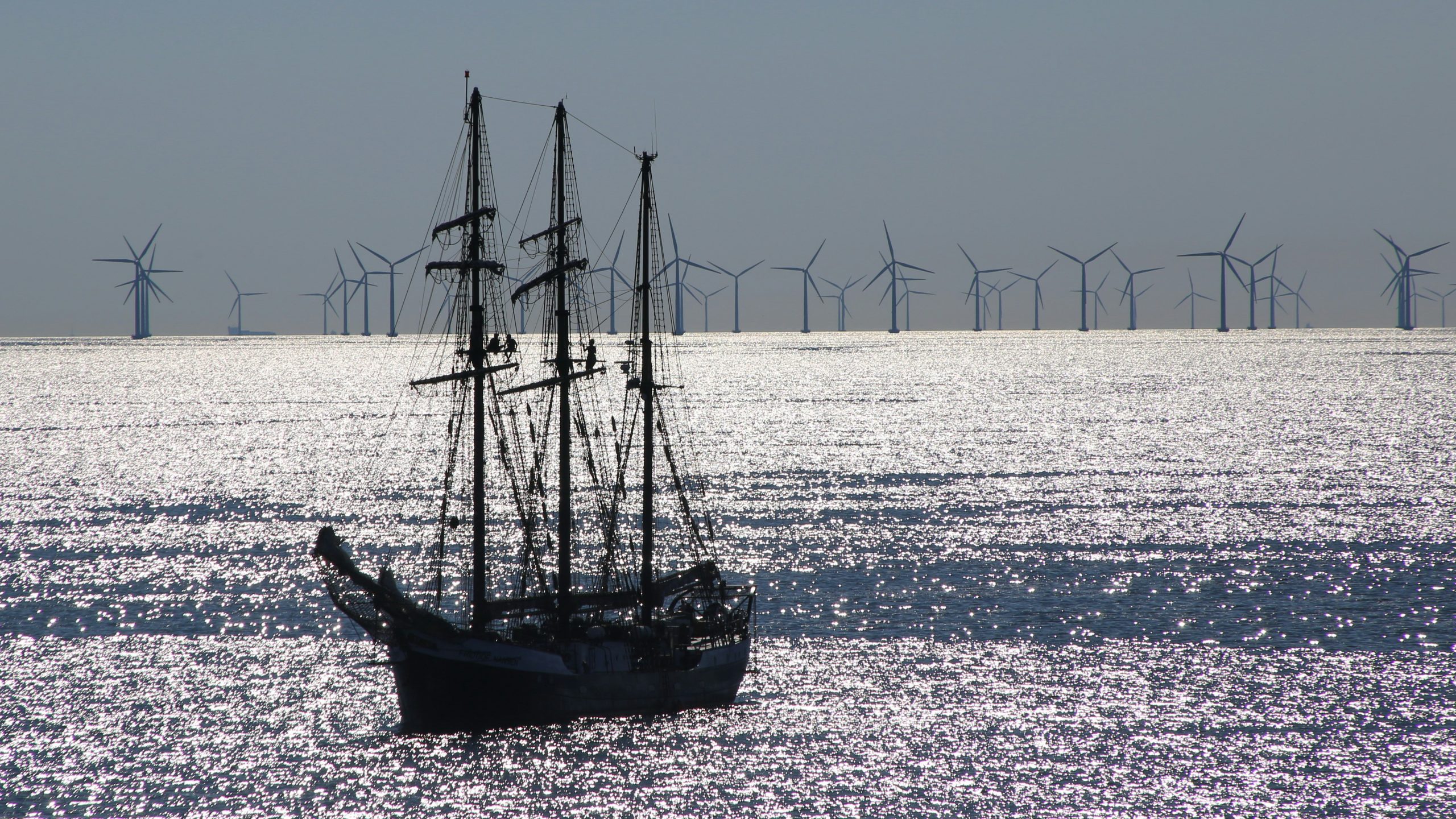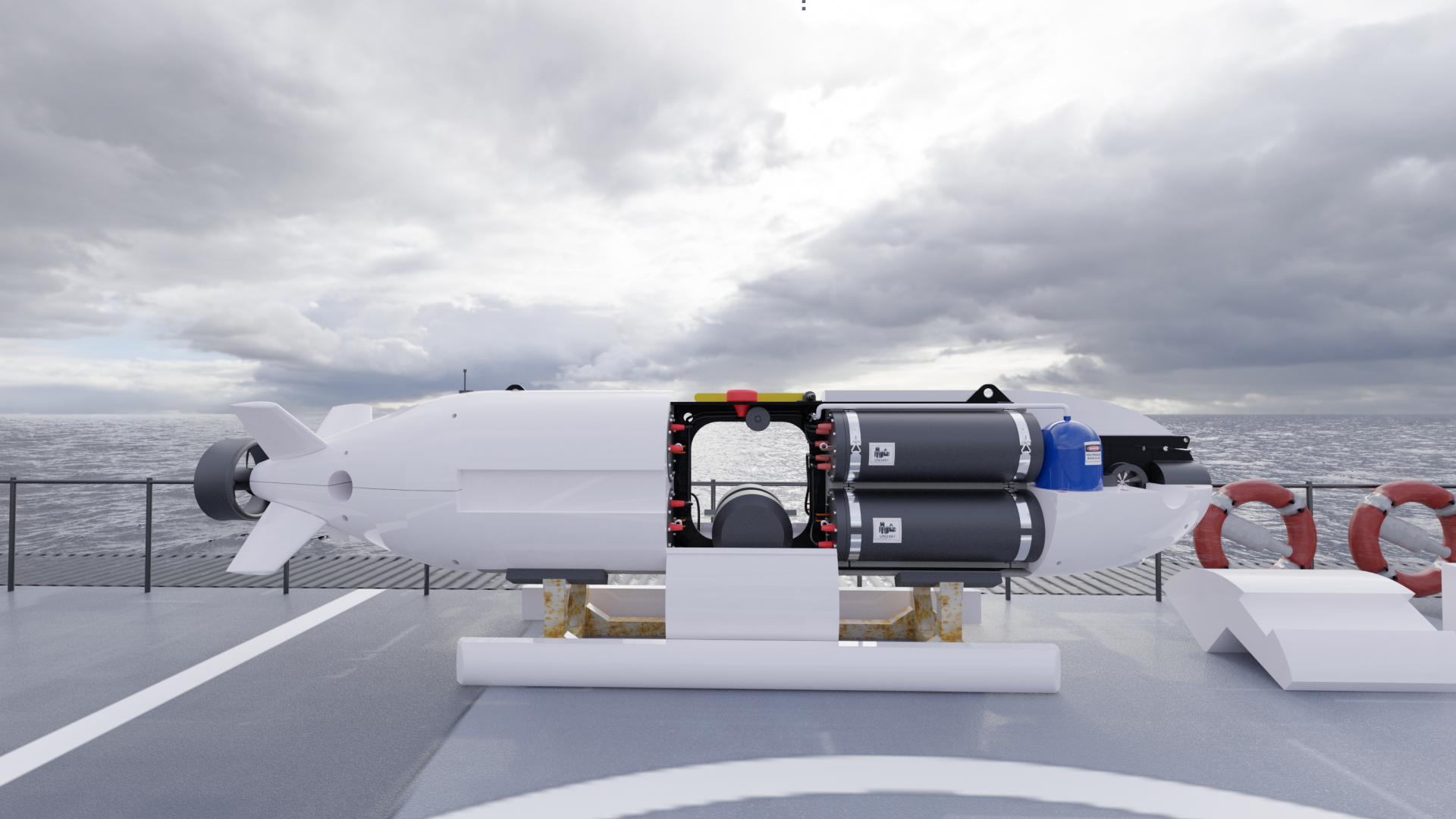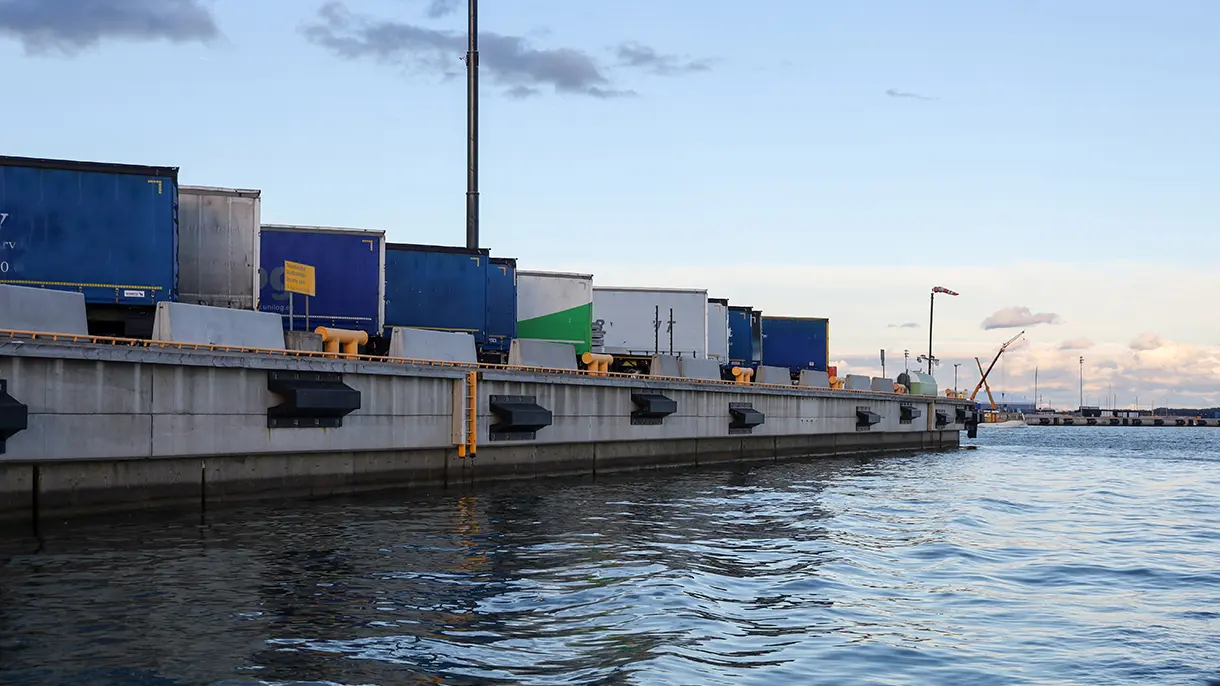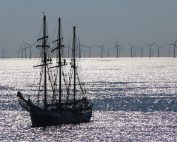Krzysztof Bulski
In recent months, it seems that there has been a trend in offshore wind energy to talk about “debunking the myth of cheap wind turbines.” It sounds impressive in headlines, but it has little to do with reality. So let’s look at the facts.
Firstly, it has never been a secret that energy from the sea is more expensive than energy from land. This was the case when Poland included offshore energy in its energy strategy in 2021, and it is still the case today. Just look at the data: at that time, the cost of generating energy from offshore farms (LCOE) was around $75/MWh, while from onshore farms it was around $35/MWh. And yet, despite this difference, Poland decided to invest because it was about more than just the price of energy.
After all, let us remember that pioneering offshore projects in Europe were implemented at a cost of around EUR 200/MWh. Poland waited, and as a result, it is now starting to build its first farms at significantly lower cost levels. What is more, in our country, investors are responsible not only for the offshore farm, but also for bringing the power ashore, which increases the total cost of the projects by approx. 30%. This is an important factor that cannot be overlooked in international comparisons.
Secondly, the last two or three years have been an exceptionally difficult time for all infrastructure sectors. Inflation, sharp interest rate hikes, the war in Ukraine, changes in US policy – these are macroeconomic factors, not a technology crisis. It is no surprise that global corporations with the largest project portfolios and the highest risk exposure have been hit the hardest. During this time, Poland has brought the first phase of investments to the implementation stage, which in itself is a success and a huge lesson for the entire industry.
Thirdly, the second phase of the projects will have to prove that it is possible to generate energy as cheaply as possible. That is why investors are intensively optimizing projects before auctions in order to offer the lowest possible strike price.
And finally, most importantly, offshore was never meant to be a source of “the cheapest electricity.” It was meant to be a strategic source. It is a sector that creates industry, jobs, provides a stable generation profile among renewable energy sources, and realistically reduces dependence on hydrocarbons. In short, it is an investment in security and independence, not a temporary promotion on your electricity bill.
Meanwhile, slogans about “100% Polish wind turbines” are increasingly appearing in the public sphere. It sounds great, especially in television discussions, but again, it has little to do with reality. Yes, the share of Polish companies in the supply chain is already around 60%. But many key components still come from abroad, and the Polish offshore fleet is practically non-existent. So if we want to talk seriously about Poland’s role in this sector, we should talk about what can be built and what the barriers are, rather than telling fairy tales about a “fully Polish wind turbine.”
Therefore, instead of repeating slogans, let’s sit down at the table. Let’s invite entrepreneurs who are building this sector on a daily basis in Szczecin, Gdańsk, and other centers. They know best what the real possibilities are and where Poland can become a European leader, and where we still have a lot of catching up to do.
Offshore wind energy is not a myth or a “cheap option.” It is a strategic choice which, if we do not waste it, will become a pillar of Poland’s energy and industrial transformation for decades to come.
